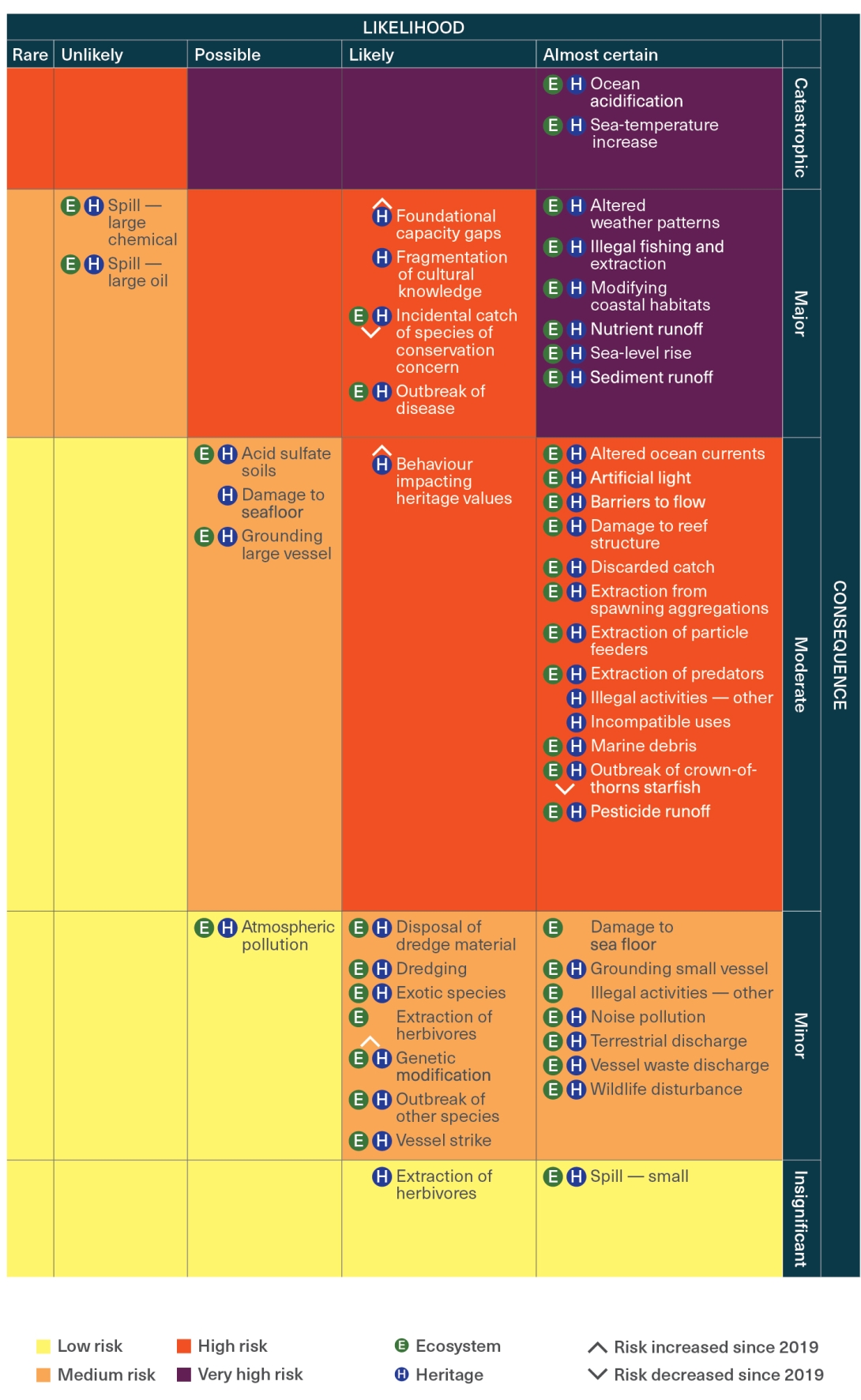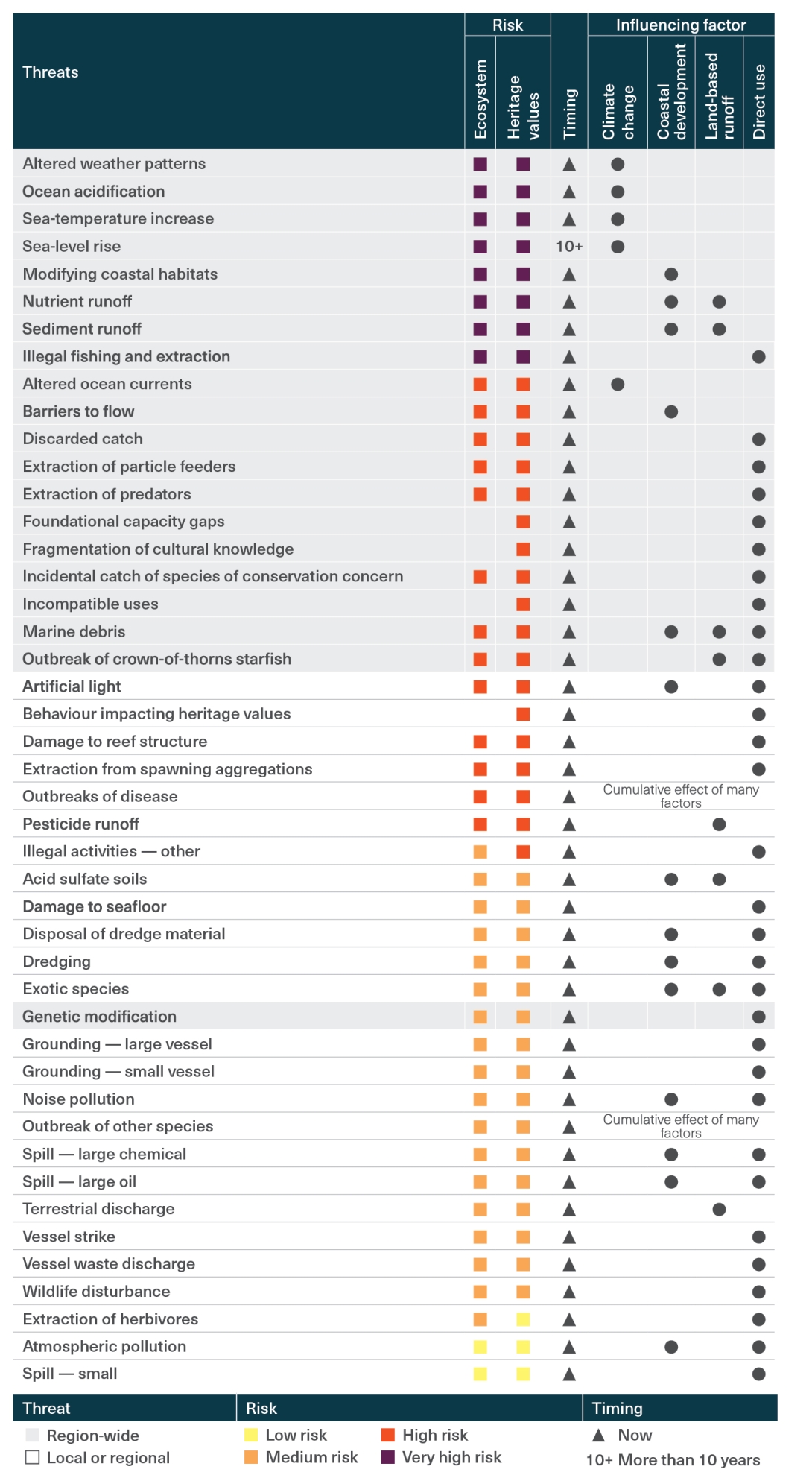541.
Cheal, A.J., MacNeil, M.A., Emslie, M.J. and Sweatman, H. 2017, The threat to coral reefs from more intense cyclones under climate change, Global Change Biology 23(4): 1511-1524.
554.
Yaddanapudi, R., Mishra, A., Huang, W. and Chowdhary, H. 2022, Compound wind and precipitation extremes in global coastal regions under climate change, Geophysical Research Letters 49(15): e2022GL098974.
608.
Fox-Kemper, B., Hewitt, H.T., Xiao, C., Aðalgeirsdóttir, G., Drijfhout, S.S., et al. 2021, Ocean, Cryosphere and Sea Level Change, in Climate Change 2021: The Physical Science Basis. Contribution of Working Group I to the Sixth Assessment Report of the Intergovernmental Panel on Climate Change, eds V. Masson-Delmotte, P. Zhai, A. Pirani, S.L. Connors, C. Péan, et al., Cambridge University Press, Cambridge and New York, pp. 1211–1362.
644.
Oliver, E.C., Donat, M.G., Burrows, M.T., Moore, P.J., Smale, D.A., et al. 2018, Longer and more frequent marine heatwaves over the past century, Nature Communications 9(1): 1-12.
657.
Gregoire, M., Gilbert, D., Oschlies, A. and Rose, K. 2019, What is ocean deoxygenation? in Ocean deoxygenation: Everyone’s problem - Causes, impacts, consequences and solutions, eds D. Laffoley and J.M. Baxter, IUCN, Switzerland, pp. 1-21.
1539.
Trewin, B., Morgan-Bulled, D. and Cooper, S. 2021, Australia State of the Environment 2021: Climate. Independent report to the Australian Government Minister for the Environment, DCCEEW, Canberra.
1604.
Hughes, T.P., Anderson, K.D., Connolly, S.R., Heron, S.F., Kerry, J.T., et al. 2018, Spatial and temporal patterns of mass bleaching of corals in the Anthropocene, Science 359(6371): 80-83.
1615.
Jokiel, P.L. and Coles, S.L. 1990, Response of Hawaiian and other Indo-Pacific reef corals to elevated temperature, Coral Reefs 8: 155-162.
1665.
Byrne, M. 2011, Impact of ocean warming and ocean acidification on marine invertebrate life history stages: Vulnerabilities and potential for persistence in a changing ocean, Oceanography and Marine Biology: An annual review 49: 1-42.




